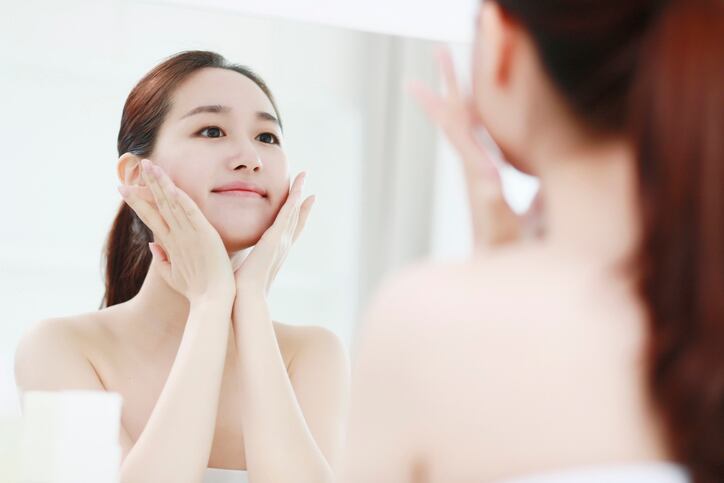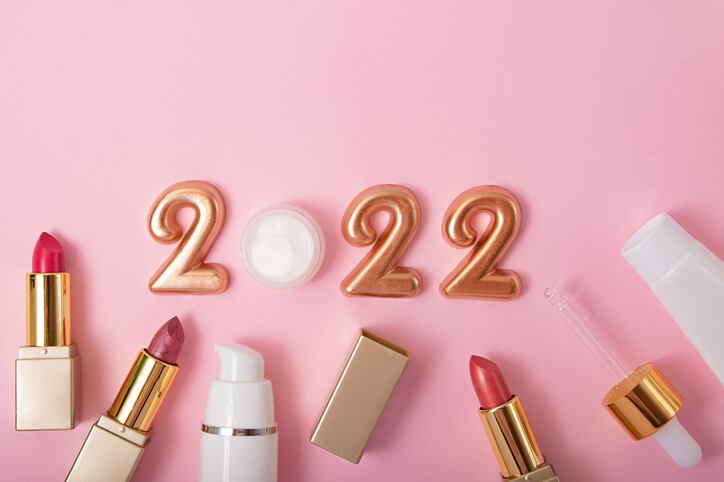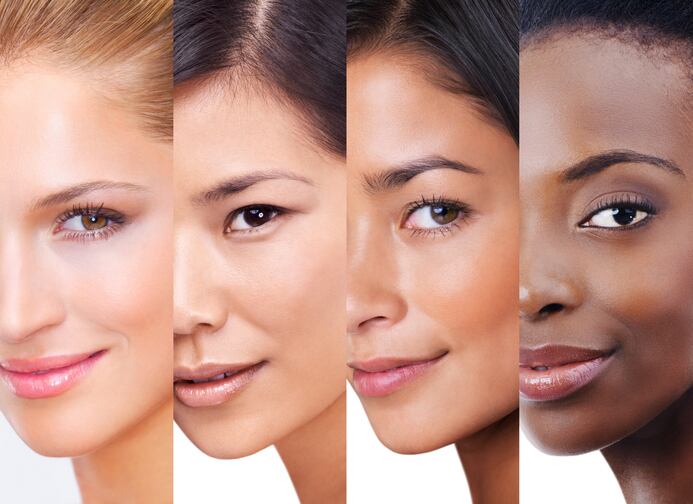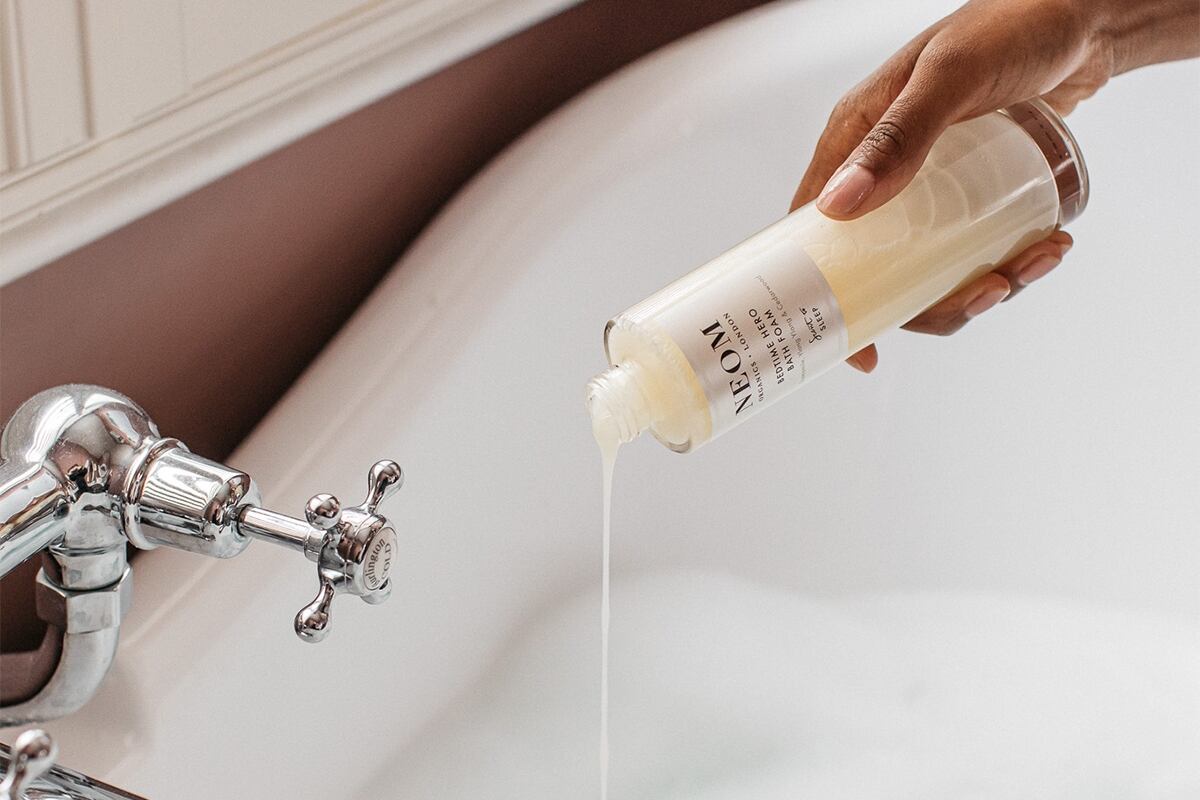What's happening in the J-beauty space in the US right now?
Berkrot
In the J-beauty space in the US, I think that less is more, simplicity is best. Decluttering people's skincare regimen, as long as the products are highly effective, is really the way the consumer is going. The consumer wants to buy fewer products, but buy better quality products.
From the B2B side, there's a lot of interest in bio-based, upcycled, fermented ingredients. What's the benefit for companies to come to J-beauty to get those ingredients?
Berkrot
The quality of the ingredients we offer is the best in the world. Because of the way the Japanese do things, they put a great deal of time and effort in up front before launching a new ingredient or a new technology into the beauty market. So there's a great deal of research thought, effort and strategy in which to launch a new beauty ingredient.
What kind of changes to the J-beauty products have you had to make for those products to be marketable in the United States?
Berkrot
We have made changes in the textures for instance. Traditionally J-beauty regimens of five to 20 years ago, were very, very light. They were whisper-thin, whisper-light. Understanding that the US and Western consumers, European consumers, have skincare needs where they might need a heavier texture. We have adapted our ability to make gorgeous formulations, aesthetically appealing formulations that can cater to the deeper hydration needs of the Western consumer very much like you would see in the chiffon cream from Lala Vie.
K-beauty really swept the US skincare market and its ebbed pretty significantly since its peak. How are you preparing for that? How are you positioning yourself, considering what happened with K-beauty?
Berkrot
K-beauty really stemmed from Kpop which, I think, was a fad. We are not tying ourselves to any fads. We are tying ourselves to the heritage, the history of Japanese culture. Things have slowly seeped their way into American society and the American mindset like mid-century modern architecture, like Marie Kondo in simplifying your life and having spiritual wellness. Holistic wellness is not a fad, it's a mindset, it's a lifestyle, and I don't think that's going to change.
We have a nutritional supplements division, and our nutritional supplements division here and Mitsui offers specialty technologies, such as probiotic technology, which is far superior to any other probiotic in the market.
It's about thinking strategically about well-being and holistic well-being from an inside out and outside in perspective, from a skin care and also nutritional supplements perspective, and that's not a fad. That's going to stay.
From kind of the DTC side, what kind of consumers do you see most interested in these products?
Oichi
If we talk about the difference between K-beauty and J-beauty, obviously, it depends on quality, but it also depends on the target audience. I understand K-beauty to be targeting a younger generation, being generation Z or younger millennials. The products were launched in a pretty short period with Instagrammable packages or unique ingredient innovations.
In J-beauty, we are using time-tested ingredients with proven efficacy, with big benefits over time. I think it's good to have K-beauty here because many people are interested in Asian beauty, paying attention also to J-beauty. As the user of K-beauty becomes more serious and needs more effective solutions, I think there’s a chance for a switch from K-beauty to J-beauty.
How do you see J-beauty transitioning into a larger, mass market?
Berkrot
I think it's based on the results. Even in the larger market and in the mass market, consumers are looking for products that are result-driven, and that's exactly what we offer. There are materials that we do have produce and have available that could be used for mass-market purposes, hydrating ingredients, skin-soothing ingredients, skin brightening ingredients. We can address that market as well with ingredients that are results-driven.
How does J-beauty fit into the sustainable beauty movement?
Berkrot
Japanese society and culture have always been very aware of nature. We don't reap the forests, we don't reap the earth of anything that would harm the planet. Japan, traditionally, with the Shinto religion and Japanese culture, have seasonal holidays, and they celebrate the change of seasons. Japanese culture has always been, for 1000s of years, attuned to nature and Mother Earth, and the well-being of Mother Earth, and that Mother Earth gives to you and you need to give back to Mother Earth.
We're very aware of all of that. We even have a recycled plastics division that we manufacture plastics and plastic packaging, by recycling and using recycled materials. Mitsui as an organization is on the forefront of that.
What's the next step for J-beauty in the United States?
Berkrot
I think that the next step for J-beauty in the United States is increasing awareness by beauty brands and the consumers. Japanese culture and Japanese ideals and philosophy is seeping its way into the US culture, and now our job is to accelerate the awareness into the US mindset of how important it is to utilize products from Japan or inspired by Japanese ingredients. We're using Japanese ingredients, because it's going to allow for more holistic wellness, in the beauty realm and skincare realm and from a lifestyle standpoint.
Oichi
The skincare regiment is completely different. We don't have toner in Japan, while we do have light, liquid or emulsion products, as a follow-up step after cleanser. What we need to do is maybe educate or communicate with consumers, and we need to help them understand what this is and what the benefit of the J-beauty as a skincare system.
That's why we’re growing our website to communicate why J-beauty is important under what the difference is. We will keep up this communication and education to the customer throughout our channels including the website, social spaces, and others.




